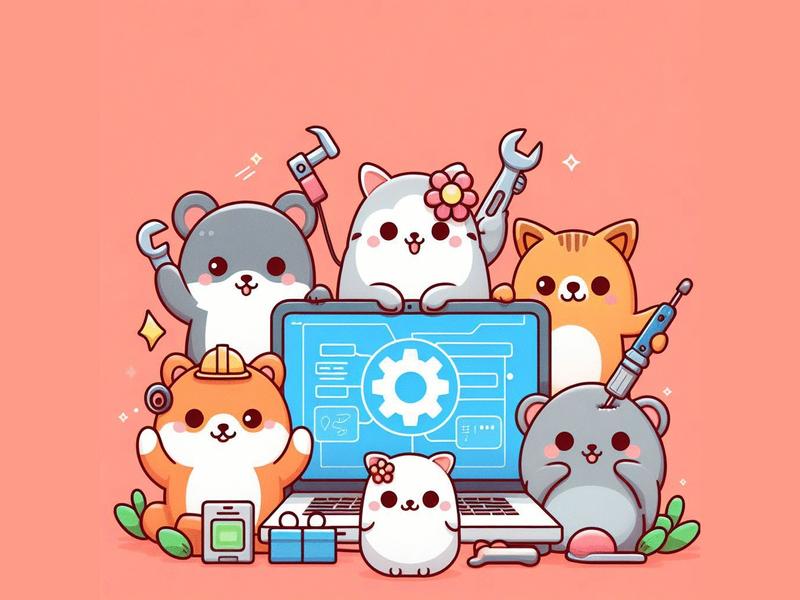We’re familiar with financial debt. Workers in IT understand technical debt. Recognising organisational debt and how to manage it is important for leaders to succeed in their mission.
Organisational debt is a limit to success. Money, people and other resources can support growth despite it but true and fundamental success is impossible without addressing it. This requires an understanding of the topic and awareness of how it develops alongside a willingness and ability to reshape organisations and behaviour towards better outcomes.
Jump to section
- What is organisational debt?
- What causes organisational debt?
- How can one remediate organisational debt?
What is organisational debt?
It is the shape of the organisation and how well or poorly this shape supports the goals of leadership. The effects on an organisation are similar to technical debt in many respects. As with technical debt, organisational debt builds slowly and can be easy to ignore or accept. It is difficult to correct.
Organisational debt is pernicious and builds up over time.
What causes organisational debt?
Shifting priorities and focus over time without attention to the structure and behaviours of an organisation cause a disconnect between goals and group behaviours towards achieving them. This disconnect grows if unchecked, and is organisational debt.
Organisational debt builds up every time we change our priority without reviewing and addressing how the company is organised and whether it’s optimal given the new direction.
Here is a rather contrived example showing how it can build up in a small organisation:
Consider a small, profitable SaaS company with a CEO, a CTO, CPO and four 6-person engineering teams. They have a WordPress marketing website managed by an external vendor and their main product which they develop in-house. Teams have no issue releasing features at a good pace, dealing with maintenance and customer issues in a timely manner.
External factors have made finances tight and in response the CEO directs the team to save money. They in-source management of the marketing site, giving it to one of the internal teams, reducing external cost and spreading the work across people they already pay for. This splits focus for the team but they absorb it and carry on with feature work mostly as before with some slowdown.
A few quarters roll by. During this time the CPO identifies a potentially lucrative new segment. The executives discuss and agree to pursue it. They secure some investment and hire 6 more people into a 5th team. Two teams work on the new segment, with the remaining 3 on their original backlog of work. The teams working on features for the new segment are encouraged to work fast and cut corners if it might help them hit market earlier. Development on the main product slows down, but as the product is mature this is accepted as the price to pay to pursue this new segment.
Development progresses well and new features targeting this segment are released. Unfortunately as the quarters pass it becomes clear this segment isn’t as profitable as expected, it was a miss. Eventually the CEO asks the team to pause development on features targeting this segment and to cut costs again. This results in a restructure that removes headcount, reducing each team by 1 person. The new features are either merged into the main product or removed.
Leadership is dismayed to find work is now slower. Corners cut when aggressively pursuing the new direction turn out to be creating higher maintenance burden. Merging features into the main product was done quickly by people who were not familiar with the code (those who wrote it left with the restructure). Teams face uncomfortable decisions on where to focus: features, maintenance or issue management, stretched too thin and unable to achieve progress on all three.
Leadership grows increasingly frustrated with the apparent inability of the team to progress even basic feature work. Employees lose faith in the direction and find increasingly less joy in their work. Combined this causes heavy attrition at all levels.
What started out as an efficient company able to push out features, deal with maintenance work and customer issues became one unable to attend to this work effectively while being more expensive, without generating more revenue. None of the decisions made were obviously wrong independently, but the result was negative slide on many facets of the company over time.
Making decisions and moving quickly is important, but failing to take a holistic view of the impact of these actions over time on overall progress and success of the company will compound and creates organisational debt.
What causes organisational debt? Actions compounded on each other over time without pausing to consider the current state and make changes to remediate gaps.
Organisational debt checklist
There is a simple checklist one can work through to identify how well or poorly an organisation is doing regarding organisational debt:
- What is our strategy, has it changed?
- What is our capability, is it relevant to our current strategy?
- How are we structured, and does that structure most support success?
- What can we stop doing?
- What should we start doing?
This is a helpful way to focus attention on these five key areas that can make or break success in a company or large team.
How can one remediate organisational debt?
When organisational debt becomes obvious, the fix will be difficult and disruptive. If the company’s strategy has changed and available capability is insufficient (both in terms of people, processes and technical systems), then it is likely the fundamental organisational structure is not optimal. There may also be numerous workstreams or activities underway that are eating capacity better used elsewhere.
When things get into this state we start hearing talk of “Transformation”, which is usually entails work aimed to remediate the issues mentioned above. Rhetoric around transformation takes roughly the following shape:
- This is our new strategy.
- This is how we will reshape our systems to support successful execution of our strategy.
- This is how we will reshape our workforce.
- These are the things we will stop.
- This is what we’ll start.
Whether a company succeeds in transformation will depend on how well leadership understands organisational debt, whether they have the support and tenacity to see the work required to resolve it through and of course, whether the new strategy is any good.

Transformation is about the most difficult exercise for an organisation. The larger the company the harder it will be. Knowing why things are the way they are and considering how the organisation should be shaped to achieve the new goals are critical.
Finally, when working on how to reshape your organisation for success, remember that organisational structure is never perfect and always messy. Think of restructures as rearranging the mess in a way more appropriate to supporting current goals, not as something that can be made perfect. When you’re done, keep an eye on it and be ready to intervene as necessary to keep the ship lean and moving in the right direction.









